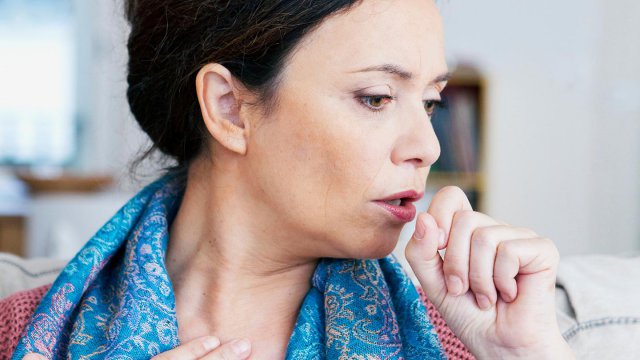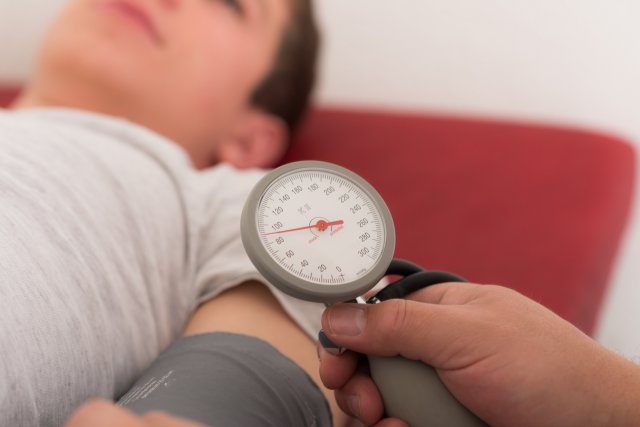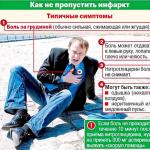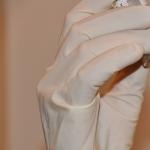A stroke is a disorder of cerebral circulation. This disease requires urgent medical attention. But very often doctors are not around, and the life of a loved one is in danger. How to recognize a stroke, and what are the distinguishing symptoms of this pathology?
With a stroke, blood circulation in certain parts of the brain is disturbed. This can occur during severe hemorrhage, with vasospasm and thrombosis. A separate part of the brain loses the necessary nutrition and can remain viable for a very short time. A person's life at this time depends largely on timely medical care.
In no case should a person who is nearby give in to panic and nervousness in order to provide the necessary assistance.
The harbingers of the disease are:
- A state of weakness. There is no desire to do anything, talk, or drowsiness appears.
- Pain. There are attacks of pain in the limbs or on the face. After a while, they abruptly disappear. Characterized by chest pain.
- Breathing problems. Often there is not enough air. When walking there is shortness of breath.
Symptoms and signs of a stroke
The disease is most often expressed by severe headache and dizziness. Signs of a beginning stroke are blood flow to the face and a feeling of body numbness on one side. Initially, a person can talk, but in the future his condition worsens. He has difficulty walking due to balance problems. When speaking, he cannot understand the meaning of complex sentences and answer questions. The main signs of a stroke:
- A person feels a severe headache for no apparent reason.
- There is a clouding of consciousness. In some cases, loss of consciousness is possible.
- Balance disorder.
- Decreased heart rate.
- Noise in the head.
- Sharp weakness.
- The person cannot speak properly.
- Dizziness.

In some cases, the disease is manifested mainly by severe pain, impaired speech and numbness of body parts. Also include:
- Hearing loss
- Involuntary bowel movements
- Facial asymmetry
In the presence of these symptoms, it is necessary to call emergency care. In this case, it is necessary to describe the patient's condition as carefully as possible. It is believed that minimizing negative consequences is possible if medical assistance is provided no less than three hours after the first signs appear. The maximum time is 6 hours. After that, it is no longer possible to avoid negative consequences after a brain stroke, and a person’s life will have to be fought for.
A stroke can cause brain disease, memory impairment, disability, and death.
Signs of the disease in men
Cerebral stroke is one of the most common causes of death. Physical activity, unhealthy diet, drinking alcohol and smoking - all this affects the work of the heart and blood vessels, and can cause serious illness. Already after 40 years, men can experience a primary stroke.
With impaired blood flow in the brain, a person feels constant weakness, headaches, and often nausea. After drinking alcohol, hard physical work or smoking, the condition can worsen dramatically.
The first symptoms of a stroke in men:
- Unsteady gait.
- Problems with speech reproduction.
- Marked drowsiness.
- Sudden onset of vision or hearing problems.
- Difficulty breathing.
- Increased salivation.
- Weakness.

In the future, the symptoms progress - it will be difficult for a man to get out of bed. It will be possible to notice a clear asymmetry of the face. Possible loss of consciousness. The symptoms of the disease progress especially rapidly in elderly men - and it is worth remembering that the patient can only be saved for three hours.
You need to be especially careful with a sharp increase in blood pressure and a severe headache - this condition occurs before a stroke.
Signs of a microstroke are not so pronounced. The disease begins with a severe headache. When a stroke begins, the patient may complain that he cannot feel one part of the body. The duration of symptoms is a few minutes. After that, the person feels good again. Identification of the disease at this stage will help, which often leads to disability.
USP testing for the first signs of a stroke
If you suspect a serious illness, you need to know how to determine a stroke using special testing. Each letter of the text will serve as a clue to what needs to be done:
U is a smile. The patient should smile, and you evaluate the result. If the smile turned out to be skewed or crooked, we can talk about a stroke. At the time of a stroke, one part of the face ceases to obey the person, which can be seen from one lowered corner of the mouth when smiling. The tongue will also be positioned incorrectly.
Z - talk to the patient. Speech during a stroke is slurred and resembles the conversation of a drunk person.
P Raise your hands. The patient should simultaneously raise both hands. With this disease, one arm is raised significantly lower than the other.
First aid
Until medical assistance arrives, it is necessary to monitor the patient's condition and follow certain rules:
- A pillow or blanket should be placed under the patient's head so that his head is about 30 degrees above the level of the body.
- Provide oxygen and open a window if necessary. Remove tight clothing.
- With nausea and vomiting, the person must be turned on their side so that the vomit does not enter the respiratory tract.
- With high pressure, it is necessary to take appropriate medications, and for low pressure, put a heating pad on your feet.
Upon arrival of specialists, it is necessary to quickly tell about the patient's condition. It should be understood that the first minutes of the pre-stroke state play a decisive role in the further development of the disease, and the first three hours are the time when professional assistance should be provided.
The disease can begin at the most unexpected moment - and each person should be able to recognize it and know how a stroke manifests itself. After all, the future life depends on the first aid and the timely call of specialists. With the help of simple testing and characteristic symptoms, anyone can suspect something is wrong - and call for emergency help.


